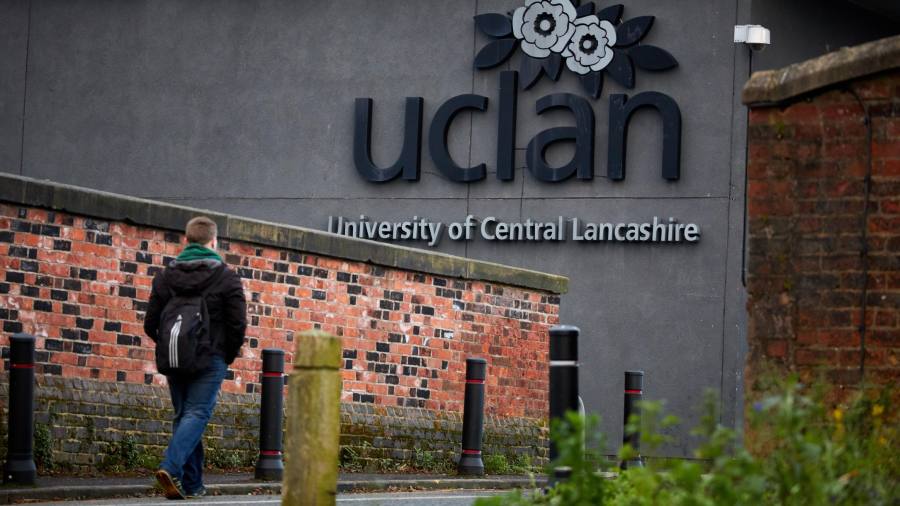
Universities in England are facing a £125mn hit to their budgets in the next academic year as a result of little-publicised changes to how pension contributions will be calculated.
About 80 universities and colleges, members of the so-called “post-92” group of newer institutions employing around 110,000 staff, will be affected by the changes that apply to the Teachers’ Pension Scheme.
The issue is the latest pensions-related problem to hit UK universities in recent years. Last year the Universities Superannuation Scheme (USS), the biggest higher education pension fund, cut benefits for staff to plug a hole in its finances, sparking protests and strikes by academics.
“It will put a great strain on institutions,” said Graham Baldwin, chair of Million Plus, an organisation that represents newer universities. “Universities are setting their budgets and they’re already tight.”
Million Plus estimates that the overall cost of the increased contributions for the universities affected for the 2024-25 academic year would total about £125mn.
A change in actuarial assumptions used to calculate employer contributions for TPS and other unfunded pensions schemes will increase the cost to employers by 5-10 per cent in the next academic year, according to unions specialising in the sector.
With budgets already stretched, some universities will be forced into deficit or to make job cuts, university leaders said. The change comes at a time when many institutions are already grappling with the cost of living crisis and demands for higher pay from striking staff.
The change affecting the Teachers’ Pension Scheme was announced by the government in March and will impact a number of publicly funded organisations from April 2024.
The government is to lower the discount rate used to value the cost of pensions for more than 5mn public sector workers in “unfunded” retirement schemes. As the discount rate lowers, the costs of “defined benefit” pension promises increase, typically resulting in higher pension bills for employers.
Those working in further or higher education in England and Wales will usually be in either the TPS or the USS. They may also be offered a pension with a local government retirement scheme.
Baldwin said the University of Central Lancashire, where he is vice-chancellor, currently contributes 23.6 per cent of pay on pensions but this was set to increase by 5-10 percentage points as a result of the change. The increase would add between £3.5mn and £7mn to its annual costs.
Universities UK, which represents the higher education sector, said universities’ ability to adjust their budgets in response to the increase was “very limited”.
Steve West, vice-chancellor of the University of the West of England, said its costs would rise by about £5mn next year. “This means that we will have no option but to take quite significant steps within our payroll and within our non-pay [budget] to stabilise the institutions,” he said.
The Institute for Fiscal Studies think-tank estimated the change would add “billions” to public sector employer pension costs.
The Treasury has pledged to compensate centrally funded institutions such as schools for the extra costs but other employers, such as universities, will have to fund the increase themselves.
Prospect, the civil service sector union, said the impact of the discount rate change would be “very significant” for some employers, who could see their costs go up by up to 10 per cent of pay.
National museums and charities offering cancer care could also be excluded from the Treasury offer to reimburse higher pension costs, said Prospect.
The Department for Education has been contacted for comment.